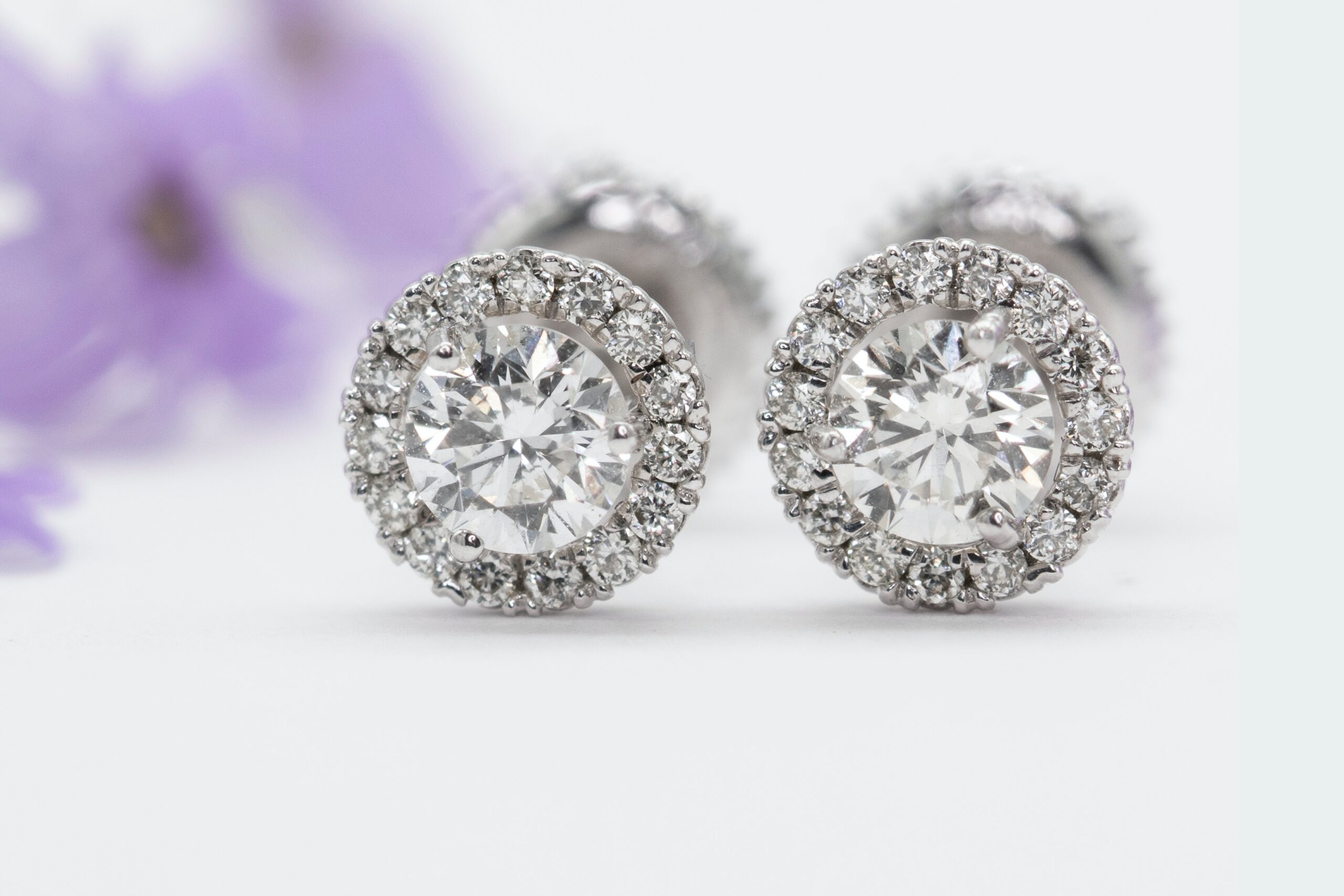Laboratory-grown diamonds were first created in 1954, as industrial ‘grit’, but it was not until the 1970’s that the first gem-quality diamond was produced. By the 1980’s laboratory-grown diamonds were becoming more widely available but it was not until the 2000’s that they became more common place in the market. Year-on-year advances are being made in both size and improvements in clarity and colour. Without advanced gemmological testing equipment it can be impossible to tell a natural and laboratory-grown diamond apart.
So far the largest gem-grade faceted laboratory-grown diamond was made in 2023 in India and is an enormous 50.25cts! More usually, laboratory-grown diamonds are produced as either small melee (under 0.20cts) or larger 1ct+ sizes.
Both natural diamonds and laboratory-grown diamonds are made of the same material, have the same physical properties and look identical, but the price difference is huge. Unlike natural diamonds, the ever-increasing availability of laboratory-grown diamonds has de-valued them and they are typically worth 90% less than an equivalent natural diamond. This low price, coupled with the need for advanced gemmological equipment to detect them, makes laboratory-grown diamonds a fraudster’s dream!
Over the past year we have seen laboratory-grown diamonds set in vintage settings and new laboratory-grown diamonds cut in old diamond cuts and set in antique period jewellery. Laboratory-grown diamonds have even been cut and polished and fraudulently laser-inscribed with a laboratory report reference that belongs to a natural diamond.
With such imposters, the use of advanced gemmological equipment is vital in identifying the true nature of a diamond. Together with standard gemmological testing, we at Julian Cousins and Associates, are the only independent valuers in Kent, Surrey, or Sussex to have invested in the advanced Gemmological photo-luminescence spectrometer EXA, and are able to screen every diamond in your jewellery giving you reassurance and peace of mind.
Julian Cousins & Associates
Natural or Laboratory-Grown Diamond?


